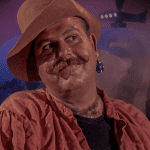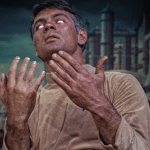“Charlie X”
Original airdate: 15th September 1966
Story by: Gene Roddenberry
Teleplay by: Dorothy C. Fontana
Directed by: Larry Dobkin

In a nutshell: Well acted with a combination of morality and cosmic horror that would ultimately define the show, “Charlie X” is a strong early episode of Star Trek’s first season.
“Charlie, there are a million things in this universe you can have and there are a million things you can’t have. It’s no fun facing that, but that’s the way things are.”
The Enterprise takes on a passenger in Charles Evans, a young man whose survival following a ship crash years earlier mystifies the crew. Shy and awkward among the crew, Charlie develops a crush on Yeoman Janice Rand, but when she rebuffs his advances he begins to exhibit powers that threaten the safety of the ship and everyone on board.
“Charlie X” represents Star Trek’s first foray into morality, an exploration into the human condition and interpersonal relationships that, for many fans of the show is just as important as zooming around the cosmos and fighting Klingons. It’s a strong episode that isn’t afraid to tackle challenging subject material. It also deepens some of the characters, particularly Captain Kirk, fast becoming a masculine sci-fi superhero, and Grace Lee Whitney’s Yeoman Rand, who based on this episode appeared set to be one of the show’s main supporting players. It’s a shame that didn’t happen.
With the benefit of years of hindsight, the character Charlie is a clear and obvious Gene Roddenberry creation. The teenage prodigy – a concept that would be “perfected” years later with Wil Wheaton’s Wesley Crusher on The Next Generation – is an idea that might be on the first page of his playbook. Other Great Bird of the Galaxy gems include finding (and then immediately fighting) God, aliens with hilariously (and uncomfortably) large sexual organs, and JFK. Most of these ideas would pop up repeatedly over the course of the show.
The idea of a young and insecure, but immeasurably powerful man is relatable or aspirational for many young male viewers even today. It’s a good concept elevated by guest star Robert Walker who nails the assignment, playing Charlie as a sweet but naive young man, an outsider desperate to fit in, before transitioning to something far more sinister. Quiet but dangerous, a volatile bubbling of pubescent emotion and hormones with the added danger of being able to death stare anyone into oblivion.
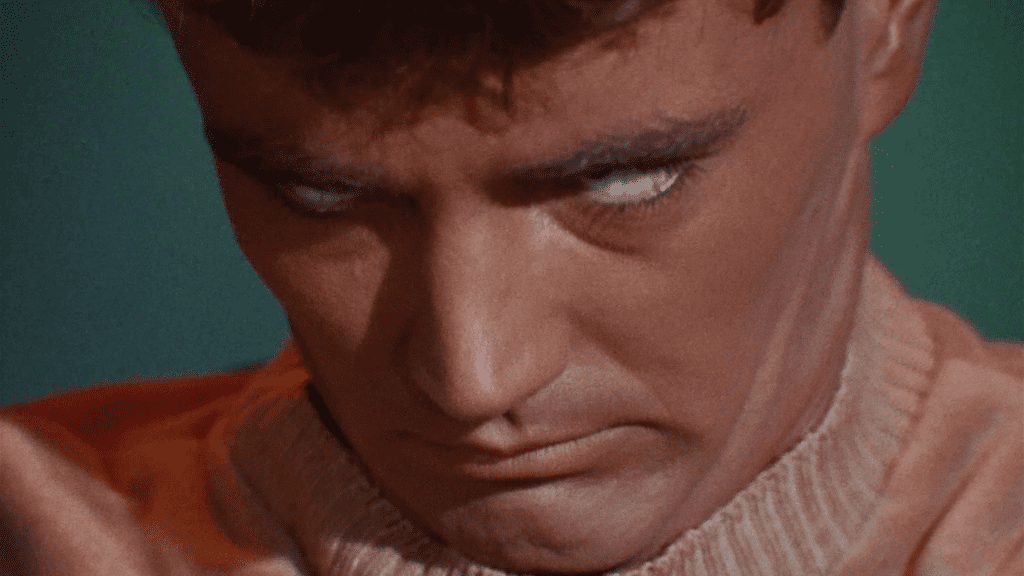

It’s an excellent performance by the then-26-year-old Walker who was reported to have isolated himself away from the main cast during filming to enhance his performance as someone not quite human, someone who didn’t quite belong.
Another elevator of the material is writer Dorothy “D.C” Fontana, who shared credit for “Charlie X” despite her writing almost all of it from Roddenberry’s one-sentence idea from the show’s initial pitch. Pays to be the boss, I guess. Fontana’s expansion is crucial to adding the all-important humanity to Charlie’s character, coming in the form of his growing infatuation with Rand.
Fontana clearly uses interactions between the two as barely suppressed subtext, a commentary on the power dynamics between gender, consent, obsession and the disregard for boundaries. Most of it works pretty well, even if Lee Whitney’s Rand found herself consigned to oblivion halfway through the episode, and didn’t factor much in the final judgement of her young tormentor.
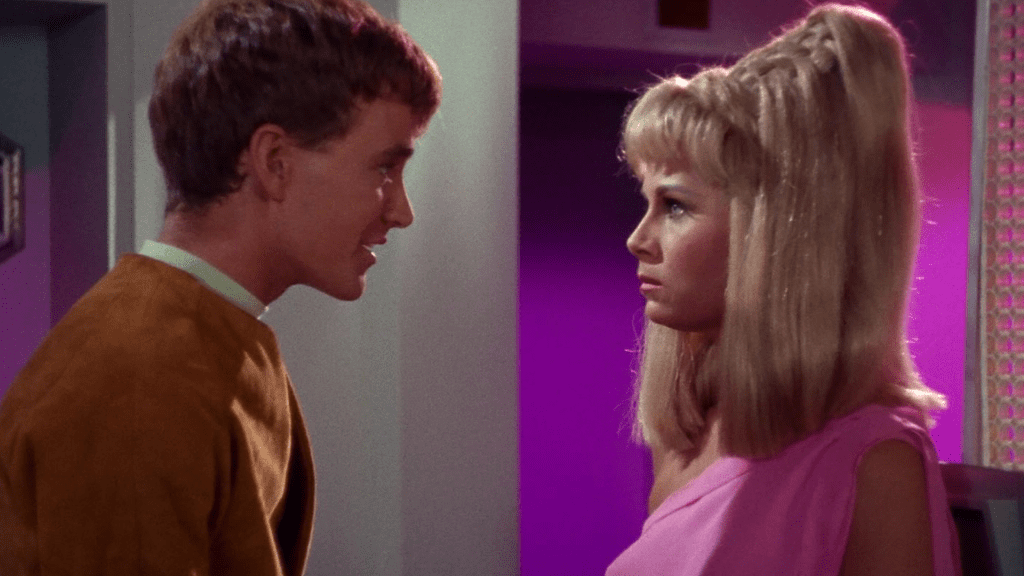

Stepping into a slightly more central role following the previous episode, Captain Kirk (William Shatner) enjoys a far meatier involvement this time. Like Rand, his relationship with Charlie is fascinating to watch evolve. Reluctant initially, Kirk eventually embraces his status as a role model, a development that feels metatextual with Kirk and Shatner destined to become that very thing to millions of adoring fans.
With Rand powerless to swat away her admirer it falls to Kirk to deliver the tough lessons to Charlie. Through a combination of Shatner’s masculinity and fierce defence of his female crewmates, I’m hoping young, impressionable men watching at the time learned a thing or two from the episode’s important moral lessons.
Pared nicely with all this moral stuff is some good old sci-fi horror. Over the course of the episode, Charlie’s powers grow with eye-opening effectiveness, starting as sweet gestures of affection and immature feats of power, before graduating to vandalism, displacement and destruction. By the end Charlie is on an unhinged rampage, his power having grown to terrifying, face-erasing levels in parallel to his escalating conflict with Kirk.
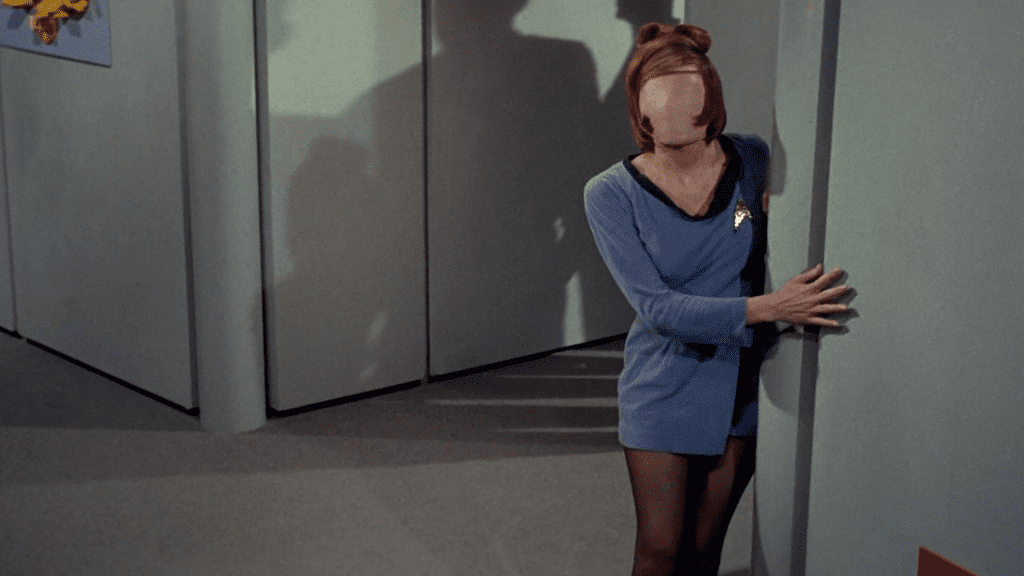

The final resolution is a mixed bag. Turns out Charlie survived the ship crash years ago thanks to the Thasians, an evolved alien race whose mythical existence was debated earlier in the episode during a fun exchange between Spock and Doctor McCoy – their short squabble being the start of their now-famous love/hate relationship. They arrive in the form of a large, shimmering (and very green) face, apologise for Charlie’s antics, before taking custody of the troublesome young man who begs Kirk to be allowed to stay. “Don’t let them take me… I can’t even touch them!”, Charlie pleads in a tragic moment before he dematerialises, never to be seen again.
It’s a development that’s more than a little underwhelming and out of left field, despite the episode’s earlier attempt at foreshadowing. But Kirk’s hesitation just about makes up for it, a fine bit of acting on Shatner’s part as the Captain weighs up his choices: rehabilitation or condemnation.
It’s classic Star Trek at its humanist best.


